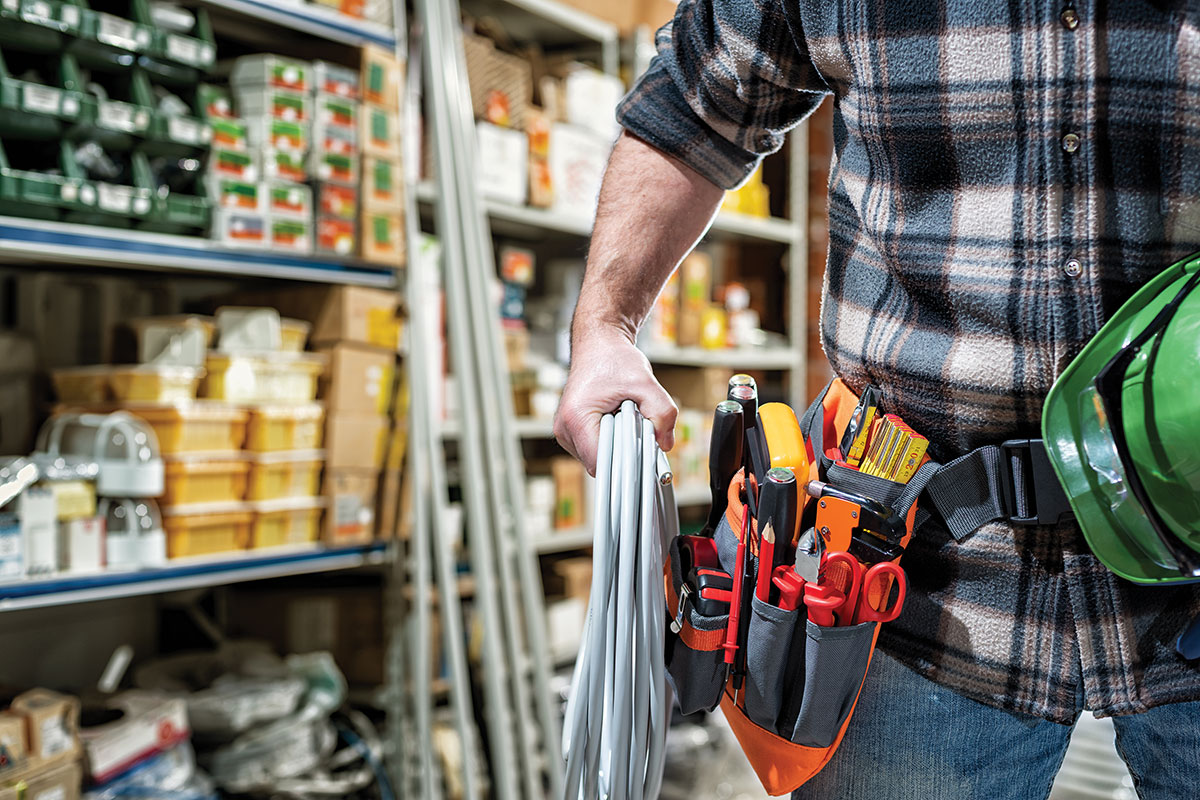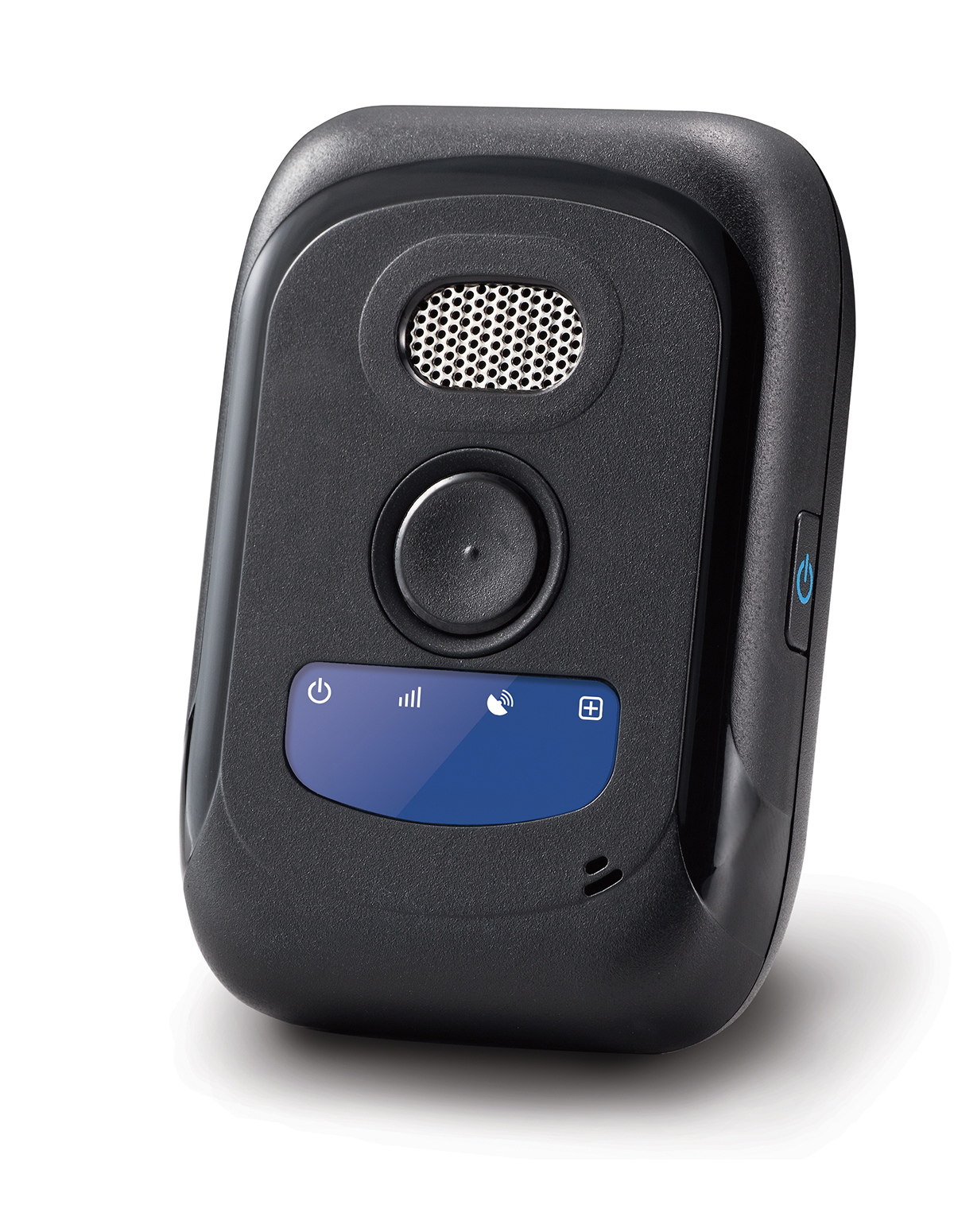Most people don’t think too much about the systems that must be maintained to keep things running smoothly in healthcare facilities, until they or a loved one needs medical help. Even then, they expect everything to function properly, keeping them healthy and comfortable until they are again on their way. Yet engineers, contractors, and maintenance professionals associated with healthcare are acutely aware of the myriad of HVAC, plumbing, communications, and electrical systems that must perform properly to ensure an environment where medical personnel can successfully work their healing arts. The electrical power system is just one of those vital systems.
Keeping the Power On
Utility companies go to great lengths to maintain reliable electrical systems, and in the United States, our power grid is more than 99 percent reliable. Still, problems do occasionally crop up. Electrical utility power can be compromised in several ways and for many reasons. Some of these include:
- Rolling brownouts or blackouts during excessive utility use leading to overloading.
- Natural disasters such as earthquakes, hurricanes, tornadoes, floods, and wildfires that affect electrical production or distribution.
- Actual malintent, such as computer hacking or acts of terrorism.
- Simple operator errors.
To compensate for our imperfect world, Article 517 of NFPA 70, the National Electrical Code (NEC) requires an Essential Electrical System (EES) to provide power to critical medical loads when normal power is lost. The EES must have two or more sources of power which can consist of the following:
- Utility power – This is usually the primary ‘normal’ source.
- Generators – This is the most commonly used secondary ‘alternate’ source.
- Fuel Cell Systems.
- Energy Storage Systems such as batteries.
- A Health Care Microgrid.
Whatever the alternate power source, there must be transfer switches to safely and reliably transfer the power from one source to the other and back.
Risk Categories
Paralleling the NFPA 99, Health Care Facilities Code, and Article 517 of the NEC divide the various areas within healthcare facilities into four separate risk categories:
Category 1 (Critical Care) Spaces where electrical system failure is likely to cause major injury or death of patients, staff, or visitors. This involves areas where patients receive invasive procedures and are connected to line-operated, patient care–related appliances. Examples include:
- Critical care patient rooms
- Intensive care patient rooms
- Angiography laboratories
- Cardiac catheterization laboratories
- Delivery rooms
- Operating rooms
- Post-anesthesia care units
- Trauma rooms
Category 2 (General Care) Spaces where electrical system failure is likely to cause minor injury to patients, staff, or visitors. These areas include:
- Inpatient bedrooms
- Dialysis rooms
- In-vitro fertilization rooms
- Procedural rooms
Category 3 (Basic Care) Spaces where electrical system failure is not likely to cause injury to patients, staff, or visitors but can cause patient discomfort. They include:
- Examination or treatment rooms in clinics, medical and dental offices, nursing homes, and limited care facilities
Category 4 (Support) Spaces where electrical system failure is not likely to have a physical impact on patient care. Examples of these areas are:
- Anesthesia workrooms
- Sterile supply
- Laboratories
- Morgues
- Waiting rooms
- Utility rooms
- Lounges
Essential Electrical System
The EES is divided into three branches based on the differing categories noted above. Think of the Life Safety Branch as the power that keeps people alive; the Critical Branch powers items essential for patient care; and the Equipment Branch as the power that helps keep the facility running. These three branches must be kept separate from the normal power and from each other, so a healthcare facility must have additional panelboards and switchboards to distribute the power. Except for very small facilities, each branch of the EES requires at least one transfer switch. Table 1 on the following page shows how these branch circuits need to be separated.
Any healthcare facility with Category 1 spaces needs to have a Type 1 EES consisting of all three branches (Life Safety, Critical, and Equipment). A healthcare facility with only Category 2 or lower spaces, such as nursing homes or limited care facilities, would have a Type 2 EES that only needs two branches (Life Safety and Equipment). However, if any area in a nursing home or limited care facility falls into Category 1, the EES must be a Type 1 system.
Conclusion
When your team follows these code provisions and your facility’s systems are carefully maintained, its electrical system will be reliable, even when utility power is occasionally lost. With these systems in place, physicians can confidently perform their work.
Ultimately patients reap the benefits of modern medical science without ever having to think about, or be aware of, what could have made things difficult.
Related Codes and Standards
- NFPA 99 – Health Care Facilities Code
- NFPA 101 – Life Safety Code
- NFPA 110 – Standard For Emergency and Standby Power Systems
- FGI – Facility Guidelines Institute
- Guidelines for Design and Construction of Hospitals
- Guidelines for Design and Construction of Outpatient Facilities
- Guidelines for Design and Construction of Residential Health, Care, and Support Facilities
















Find Us on Socials